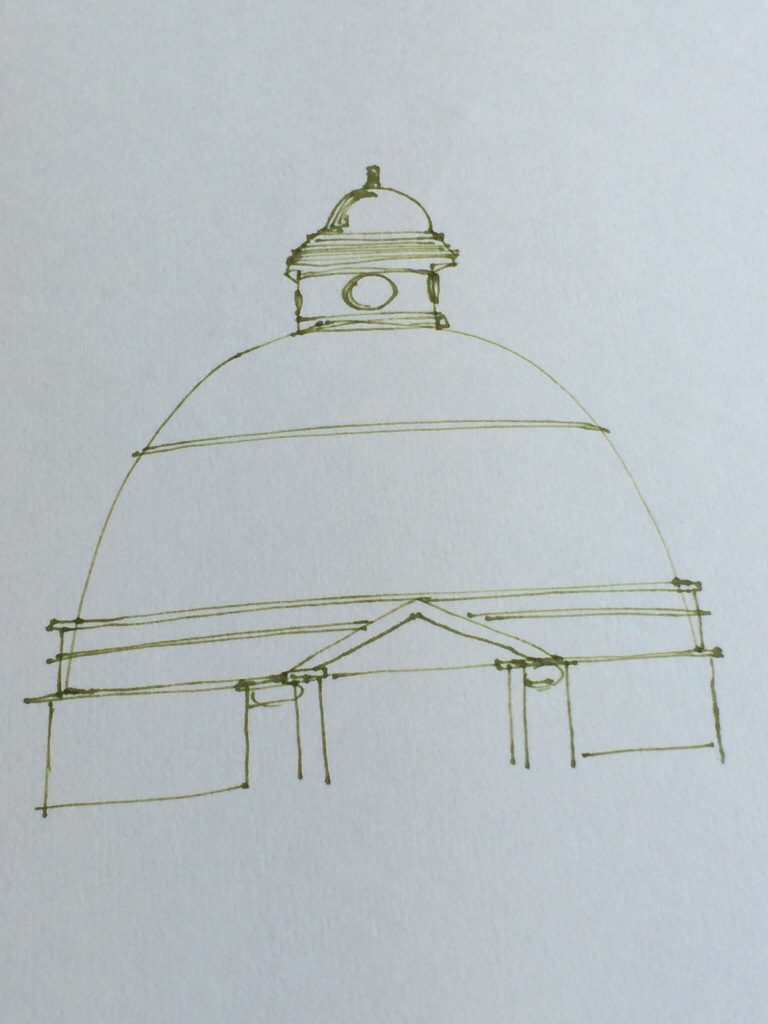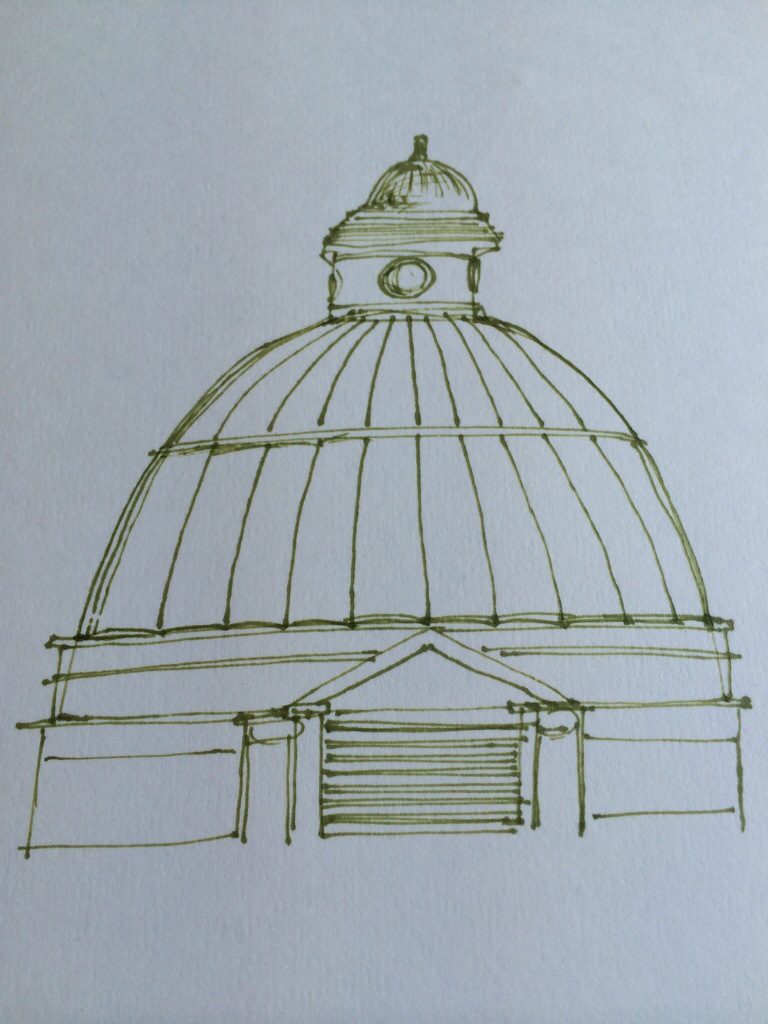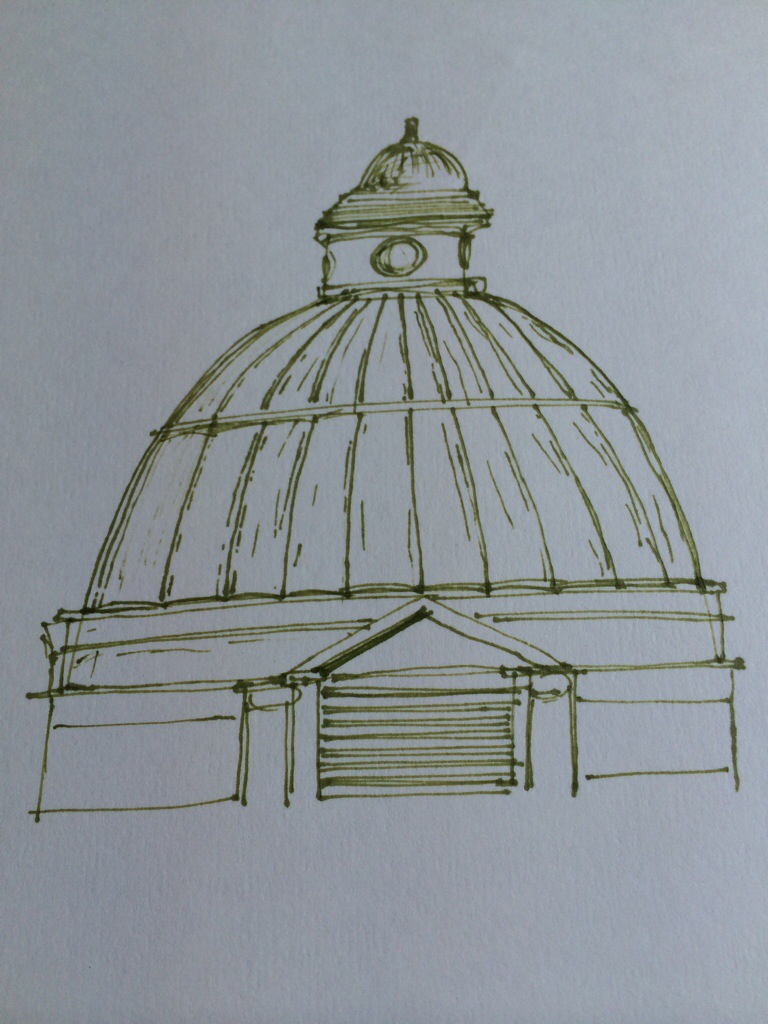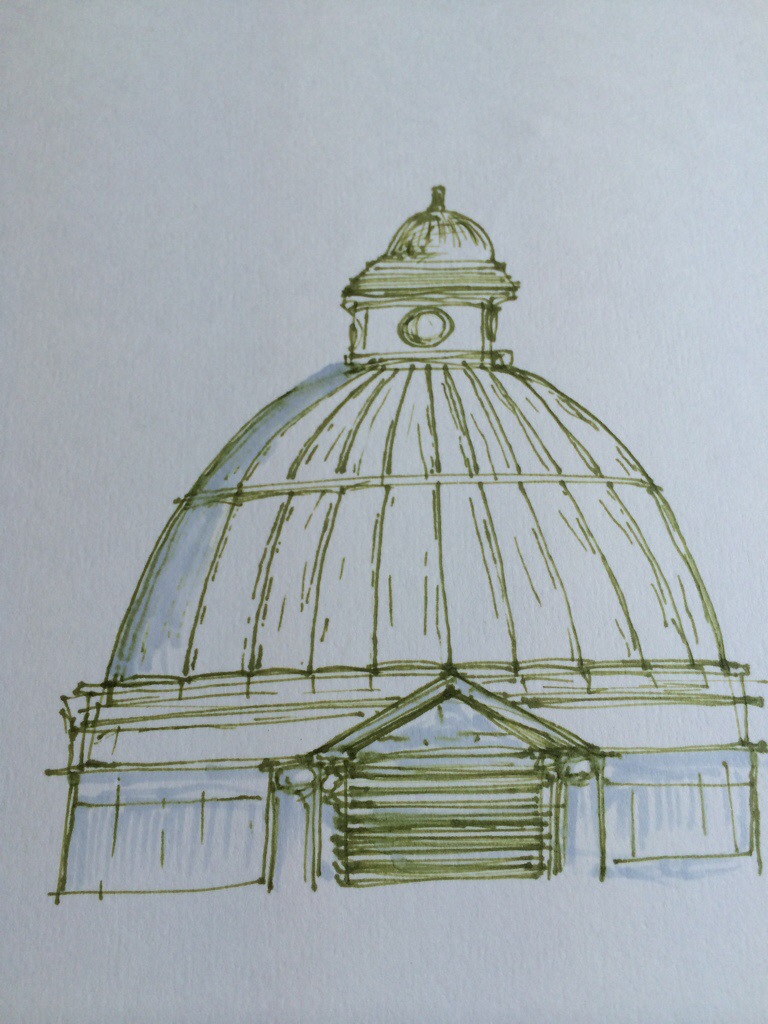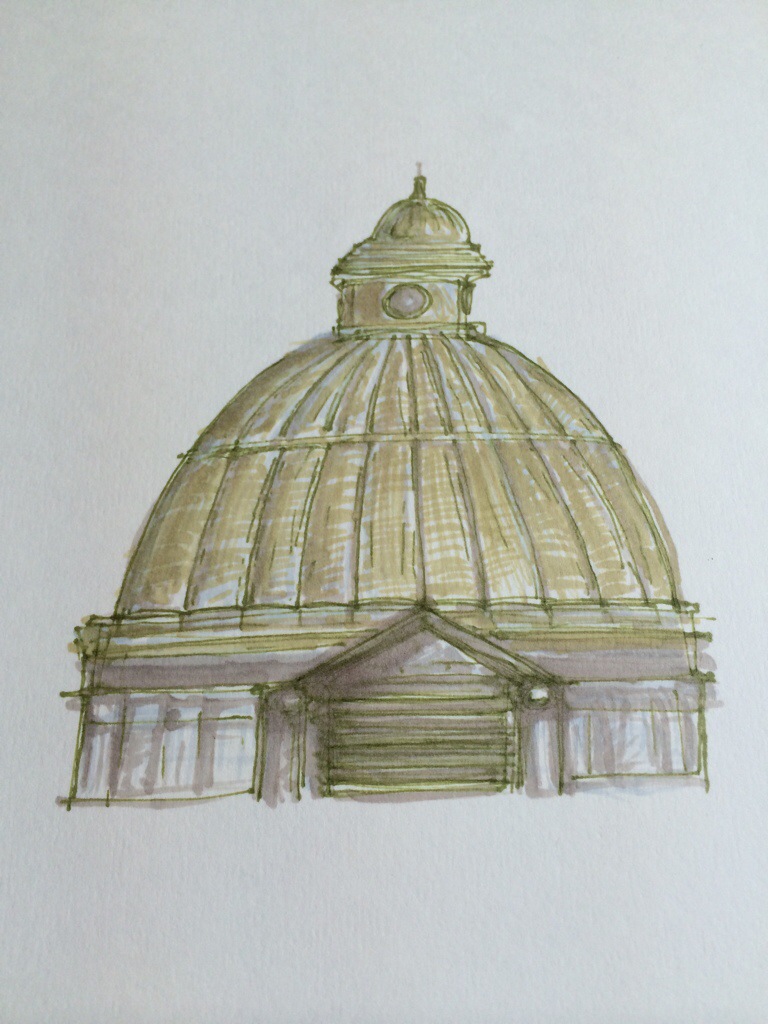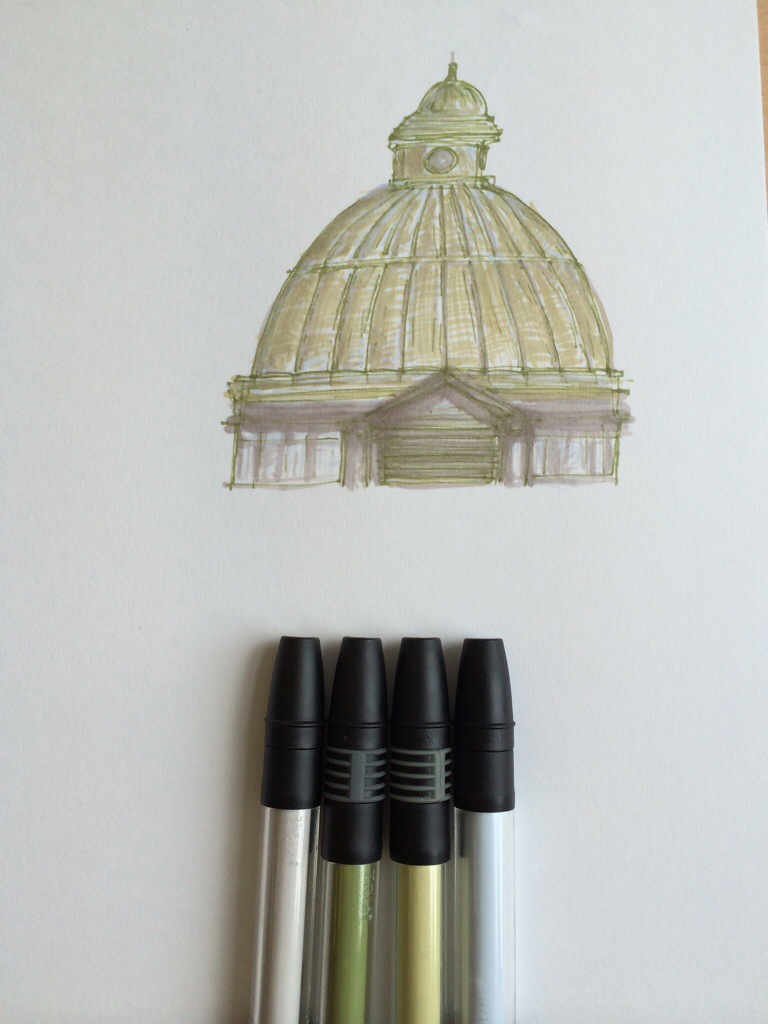Tagged: illustration
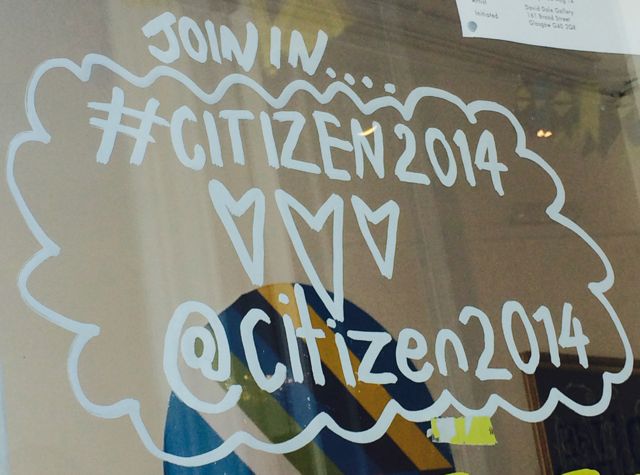
An exciting project for the next two weeks…
Not that what I do isn’t normally exciting (it is!) but I am particularly excited to be part of a collaborative pop up media centre called Citizen 2014 over the next few weeks.
As you can see from the Citizen2014 website, a number of partners (Digital Commonwealth, University of the West of Scotland, Somewhereto_, Beyond the Finish Line, Mind Waves, The Media Trust, Third Sector Lab and the Big Lottery Fund) are all working together on this project to encourage citizen journalism during the two weeks of the Commonwealth Games activities. It’s brilliant to be able to be part of a team of enthusiastic digital media ambassadors who want to bring out the stories of all the cultural and community activities around Glasgow 2014 and share their skills and show other people how to do this.
As well as my usual role as educational coordinator for Digital Commonwealth (where for the next few weeks I will be working with the Citizen 2014 team, where will all be planning and running our citizen reporting activities) I will also be running a series of free digital workshops (bookable online, or in person at Beyond the Finish Line) as part of the project:
- Love postcards- make an animated postcard to send to someone you love, or tell the world what you love about Glasgow (using Mozilla Thimble)
- Newspaper remix- find out about all the events ‘on this day in history’ in the Commonwealth, and tell people your news of what you have been up to by creating a digital newspaper using Mozilla Thimble
- Commonwealth building sketching- Try your hand at some sketching of Glasgow architecture on paper, then experiment with making your sketches digital (using paper, pens and some apps)
I am so happy to be involved in all of these activities and hope to see you at 7 Trongate and taking part in the #citizen2014 conversations. Perhaps I am being a bit ‘cheesy’ in my closing statement, but, to use the statement which I have seen all over the city recently, ‘Bring it On’!

Drawing a roofscape in Letraset Tria pens
I have been experimenting with new art materials and very much enjoying the effects which one can achieve by using Letraset pens. I fondly remember the Letraset brand as something which involved lots of rubbing and transfers to make beautiful (if often wonky, given uncareful placement) words and phrases. I also remember trying to make a local plan diagram from rubbing patterned Letraset, it made trees and everything! You can still buy such goodies, but they are perhaps not such a prominent tool in many designer or technicians tools now that computers can do the same thing. One day I will make a “retro” plan illustration with these, just because it’s still possible. The town planner in me has always been creative, the creative in me has always sought out socially aware , useful and enjoyable outlets for my work!
The tria pens come in lovely boxes, there is an “architecture” set which I was kindly given a gift of time ago. I was almost scared to use them because they are so beautiful. Pens are, however, designed to be loved and used… And I have been experimenting with the older pens and some recent acquisitions.
The view from my studio has a particularly nice dome in sight, which as someone who revels in architectural drawing is a challenge begging to be explored. I usually go for black sketching pen and then a watercolour lining, but today the Letraset pens were beckoning.
Materials:
Daler-Rowney smooth cartridge paper (at least 150 gsm)
Letraset Tria- G136, Y516, WG07 and C919
Method:
Start out with an outline drawing of the dome in the lift green colour. This may seem an unconventional choice for line drawing, but as the dome is constructed with copper, which has taken on a patina or age over time, the green reflects this tinge. Concentrate on the symmetrical appearance, but a little artistic licence won’t disturb the overall affect here and there (this is a freehand representation, drawn with love, not a “to scale” model after all).
Add the lines for the dome construction, forming the individual sections of the dome
Continuing to use the fine nib, press lightly to imply structure and form, adding short dashes of line to the dome.
Use the more blue coloured C919 marker to add tones of leadwork to the base of the dome, including the triangular pediment. Lead has different Material properties and is often laid in sheets; reflect this in the lines you use.
Having added more structure to the drawing, it is time to add shadow. Use the brush end of the same pen to add wider swoops of colour, implying shadow.
Continue adding colour, noticing the angle of the shadows. The next stage is to use an alternative colour, Y516, to add a more realistic colour and start to define each part of the structure. The copper is slightly curved on the dome; add lines with the fine tip to imply curved areas. The dome is a greener colour than the lead below, so the new colours reflect this. Occasional areas of brush can be used to add shadow.
Use the last pen (brush tip) to emphasise any areas of shadow and continue tinkering until you are happy.
That’s it!
Part 2 of this entry is ” make it digital”…
December 16th unconventional advent calendar
Today’s unconventional advent calendar celebrates archives and the release of over 1 million images owned by the British Library on Flickr.
I previously blogged about the Glasgow image I found, but there are literally millions to see, from all over the world! You can also add tags to any of the images yourself, and use the usual “favourite” tool in Flickr which will make it easier for you to re-find what you’re after again.
Some of my favourites are below, this time with a tourism and transportation theme… for cultural planners this is an amazing research resource.
![Image taken from page 233 of '[Our own country. Descriptive, historical, pictorial.]'](https://i0.wp.com/farm4.staticflickr.com/3669/11306724805_676b4fc010.jpg)
For previous unconventional advent calendar entries see this link.
Are You Here- An Exhibition Documentary
This is a short video on the recent art exhibition I had at Gladstone’s Land, Edinburgh. It was filmed by Bad Monkey Films, and shows the installation process, opening night event and a short introduction to the project featuring comments from some of the attendees.
Exhibition- Are You Here, Gladstone’s Land Gallery, Edinburgh
I am currently showing my latest work at the Gladstone’s Land Gallery, Lawnmarket, Edinburgh (on the Royal Mile). The exhibition showcases some of the illustration work which I developed from my genealogical travels, and also a preview of my e-book which accompanies the exhibition.
Hope to see you here… do come along if you happen to be in Edinburgh!
Retracing the steps of illustrator Stella Langdale
Yesterday I made a journey to Hove Library to see the book “Unknown Brighton” which was published in 1926, containing text by George Aitchison and illustrations by Stella Langdale, who is a member of my family tree. I had first heard of this book through the website “Ye Olde Sussex Pages” and a little research using the Brighton and Hove online web catalogue revealed that there was a copy in Hove library.
I had never been to Hove before, yet I “knew” where to find it as I instinctively wandered upstairs and found the local studies room, sought out the Brighton shelves and there it was! I was absolutely delighted to be able to hold the very book in my own hands. It had that well worn appearance, with pages a little fragile and well thumbed. The blue cover and gold embossed lettering was slightly faded and looking to the side one could observe the curved and folded leaves of paper, hiding the treasure within.
Stella did 24 aquatint illustrations for this book, and a number of line drawings which annotate the text at key parts. Even though these were prints of aquatints, it was wonderful to see these as they reveal a little of Stella’s style. The influence of the Glasgow school in her long flowing lines can be seen, particularly within the Pavilion illustration, and elegant use of tone and shadow add to the delight (view more of Stella’s work here, and read my previous posts about my genealogical art journey project here). The words of the book relate to the many sides of Brighton which a visitor may not know about; written in the 1920’s one wonders to what extent the visitor of those times went “of the beaten track” to discover the environment beyond the seafront, aquarium and pavilion. Indeed, many visitors today may do the very same, although the Lanes is of course now well known for shopping and entertainment.
There were a number of references to the development of Brighton as a settlement, and also to several works held in the museum. I ventured to Hove museum as it was nearby, and discovered the very same amber pot which Stella had completed line drawings of! Information panels told me that this pot was “one of Britain’s most important bronze age finds”; for me it is also a great family history find… nose to case with something Stella had seen, and drawn!
On return to town I also went back to the Brighton Museum and Art Gallery, seeking out a mug which featured in the book. I knew from a previous visit that it was likely to be part of the Henry Willett collection, as a maritime themed item of pottery (Willett was a local businessman who amassed a huge collection of porcelain and catalogued it into various themes to help people learn about different topics relevant to social history, it was given to Brighton museum in 1903- therefore quite new for the Langdale family and other Brighton residents at the time when Unknown Brighton was written). I scoured the display cases and opened all of the discovery drawers in the room, to no avail. No sailors cup. I did find it on one of the interactive displays, however, so I have “sort of” seen it, and discovered it was made in 1895 by Charles Brennam. Item 324 must be in store!
In the section regarding the Lanes, available on the “Olde Sussex” website two images from this book are shown, one of Black Lion Lane and one of a fig tree. After my amber cup find I was feeling upbeat and thought, yes, I will try and find those views. Chances of finding a random tree in the middle of a busy City Centre? Pretty minimal, but I thought I would try anyway. The Lanes were less busy than the previous few bank holiday sunny days and it had only just stopped raining. The paving was sprinkled with rain and shone in the sun, good exploring territory as only the hardy few would be out and about at this time (late lunch, when those huge bed and breakfast full English-es have worn off and tastebuds start demanding attention again).
Black Lion Lane was easy, I had actually walked down this lane before, and seen the lion (as detailed in a previous post). On thinking about the aquatint, I recreated the view in my minds eye; it was the route from Ship Street to Black Lion Street. The little inshot about halfway up the snickel (as Yorkshire folk would call it, but here my Pevsner guide tells me it is called a twitten) looked familiar, it was on the right hand side of the aquatint therefore must be in that direction. The hanging lantern was long gone, a modern street light was in its place. I took a photo of this and then walked back in the other direction to take another photograph, just to be on the safe side. I marvelled at the crazy pebbled walls, which have now become familiar to me and stroked one appreciatively on the way past. It was shiny and smooth with the passing of many people. I wondered if Stella may have done the same thing.

Black Lion Lane view (compare with original)
At the end of the lane I stepped out of the enclosure to the street and into the light of Ship Street, looking back at my find, happily, and pausing to think how interesting it was to actually be walking in the places where my ancestors had been. I peeked across the road. There was another twitten, inviting exploration. I was feeling a little tired and was about to go back through the lane to find a coffee stop, but thought “no, another five minutes won’t hurt”. I walked across the busy street (avoiding the white and teal taxi, whose colours reflect the railings on the promenade) and into the lane. This lane was no ordinary lane. There were buildings on one side and a low wall with gates on the other. Some plants were hanging over the brick wall and some trellis was trying to keep control of a tangle of greenery which appeared to be winning that particular battle. Looking up, I saw bright green leaves with the sun shining through. Slowly it dawned on me that there was something unusual about these leaves. They were a pretty shape and some had fruit. Was this THE tree? Not being the best at botanical studies I doubted my initial judgement, but I took some photographs and thought out loud “how long do fig trees live?”. This was not just any old tree, this was a beautiful tumbling tree, whose branches reached over the wall and spread out happily. Just like the one in Stella’s drawing.
I retired to the 16th Century Cricketers Arms (Brighton’s oldest pub) and had a long lemonade and lime pause. Had I really found the tree? Was this the one in the aquatint? Was this a fig tree or was I just making it up, hoping it was true? I resorted to modern technology; wifi revealed that yes, this was indeed what a fig tree looked like, and yes, it did look remarkably like the one in the aquatint. Ficus said Wikipedia. Ficus religiousa I thought! Not the Bodhi tree, but a little family tree remaining just for me!
—————–
The sources of information which I used for this blog post are:
- Aitchison, G (1926) Unknown Brighton (John Lane, The Bodley Head Publishing)
- Antram, N and Morrice, R (2008) Brighton and Hove (Yale Books)
- Brighton Museum information panels and interactive display -the Willett collection
- Brighton and Hove Online Library Catalogue- https://brighton-hove.spydus.co.uk/cgi-bin/spydus.exe/MSGTRN/OPAC/HOME
- Cricketers Arms – information panel
- Hove Museum information panel- the amber cup
- Ye Olde Sussex Pages- The Lanes A History http://yosp.co.uk/index.php?option=com_content&view=article&id=517&Itemid=1166&lang=en
- Wikipedia – Ficus http://en.wikipedia.org/wiki/Ficus
Brighton is bright in all this lovely sun!
From when I first woke up in Brighton (and all bank holiday long) I have been treated to a wonderfully sunny day, with a beautiful blue azure sea and the occasional group of white yachts sailing on the horizon. Fantastic art territory! I can see why artists are attracted to this city. Photographs almost do not do it justice, it actually reminded me of the sea in the Outer Hebrides, as it was so deep turquoise in parts.
When I booked this journey away I did not notice that it was bank holiday time (and also English half term) so perhaps I am getting a little of that “totally full beach with barely a pebble to see” Victorian holiday experience, as is shown in this Photo History of Sussex website! To add to the bustling atmosphere, it has been the last few days of the Brighton Festival and also the last week of the Brighton Fringe… the Lanes and North Laine are full of entertainment and Fringe City is a feast of entertainment.
The reason I am in Brighton is part of my Art Project “Are You Here”, to retrace the steps of my ancestors Marmaduke and Stella Langdale; artists who were born in Middlesex but stayed in Brighton for a number of years. In researching census and other archival information, I discovered that Stella went to Brighton School of Art, and then Glasgow School of Art whilst Marmaduke was a Turner travel prize winner. Stella’s work can be seen in the Maltwood Art Gallery in Canada, although I am also retracing some of the views in illustrations which she did for a book called “Unknown Brighton”, detailed online here. I found the Black Lion yesterday, but it is now adorned with a little gold as well!
Arty-archi books
Art based and architectural based books line my bookshelves and have given me many happy hours of inspiration. I thought I would write a review of a recent book which I acquired to share how much I enjoyed it and also invite some suggestions from others as to books which inspire and delight.
My current book of choice is “An Illustrated Journey: Inspiration from the Private Arts Journals of Travelling Artists, Illustrators and Designers” by Danny Gregory.
I’m hoping no-one minds me taking a photo of the book cover, happy to take it down if someone does! I just wanted to share the lovely detail so people who had not seen it could see what it looked like.
The book contains sketches and illustrations from a huge number of artists from around the world, each has descriptions from the artists of their creative practice and a selection of images from sketchbooks. It is a delight to read (either cover to cover or dipping in every now and then) as you can travel the world from the comfort of your own home… Italy to Uddingston, Dallas to Paris. I find it fascinating to see how little everyday details which are superbly familiar to some are utterly unusual to others; food packaging, street signs, architectural styles, words and lettering. What is “the norm” in one country becomes so interesting to the visitor; sketching makes us notice new things (and revisit our own visual landscape with fresh eyes). Each artist describes their journalling technique and their chosen “tools”, some even have photographs of their kit so that you can see how they work on location. The differences in technique are fascinating as everyone has slightly different approaches (some working in pen, others including collected ephemera from their travels, some preferring to include descriptions alongside drawings and others divulging inner thoughts) and some prefer not to set “rules” for working and just see what happens. The compilation is presented by alphabetical order of artist, and carefully chosen images line each page. This is a wonderful book for anyone who enjoys travelling and wishes to explore ways of capturing the world around them, and also for those of us who love art and architecture and seldom leave the house without a sketchbook!
I would love to hear some more book recommendations for art and architecture. How do you like to remember your travels? If you could go anywhere in the world and draw, where would that be?

